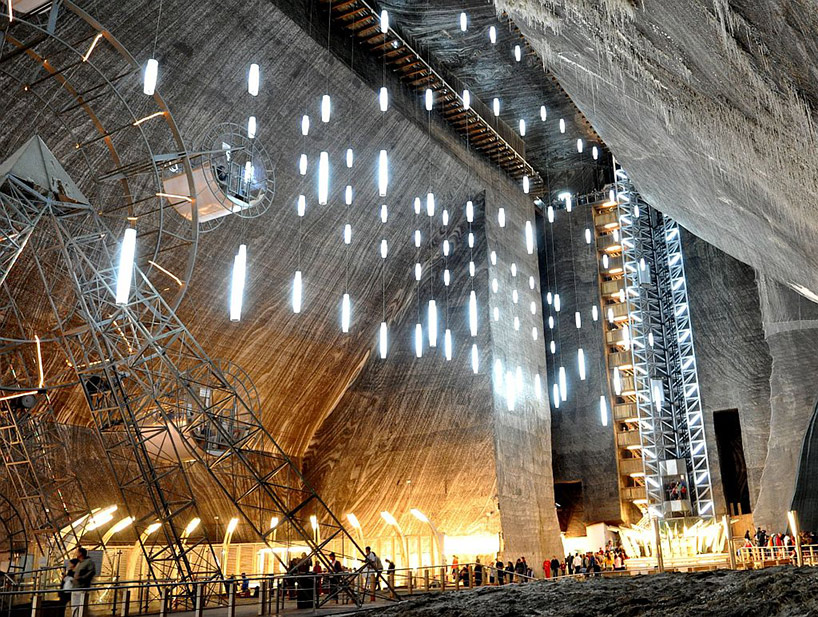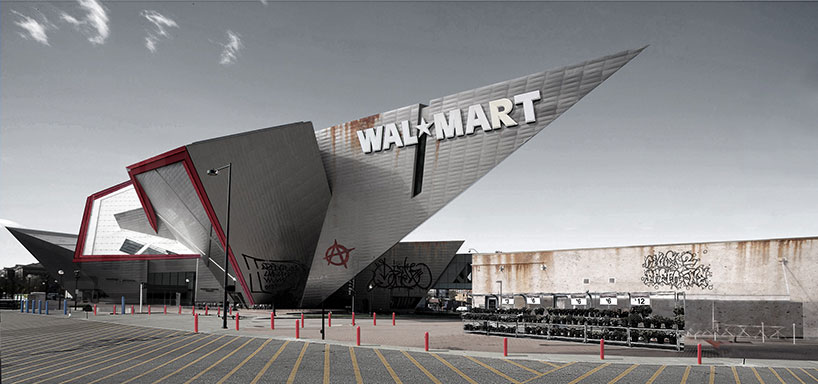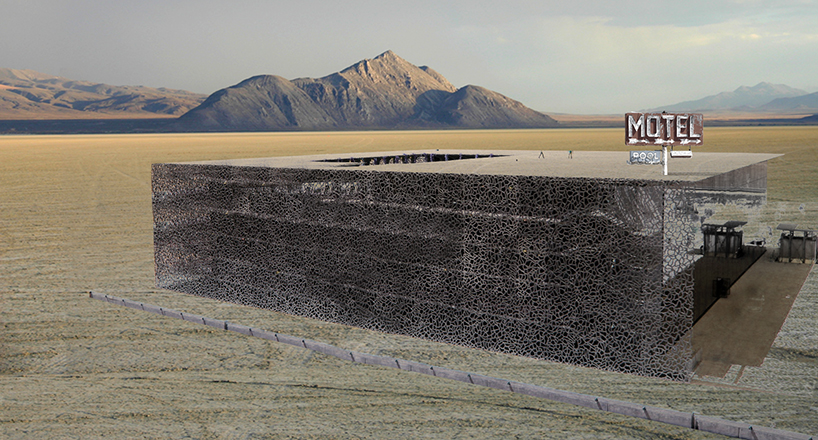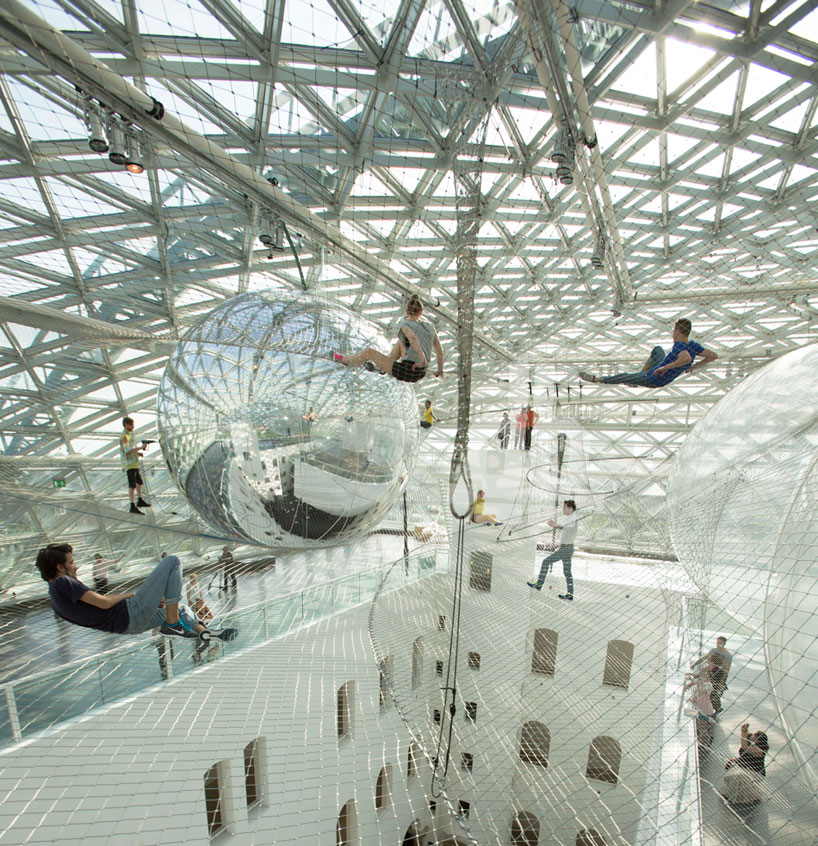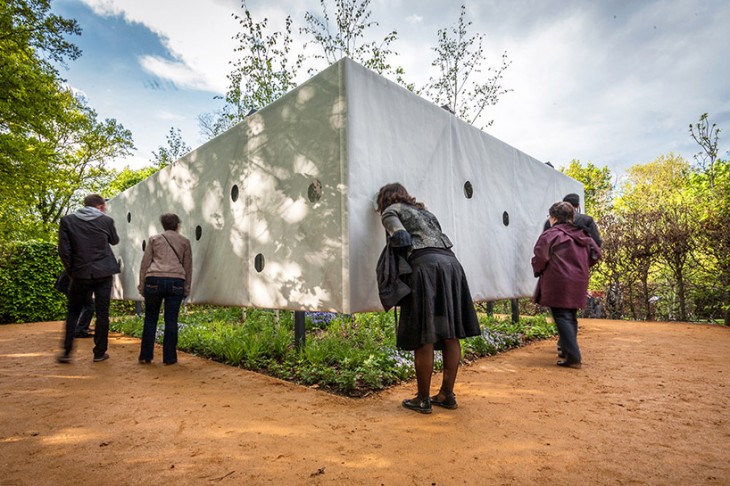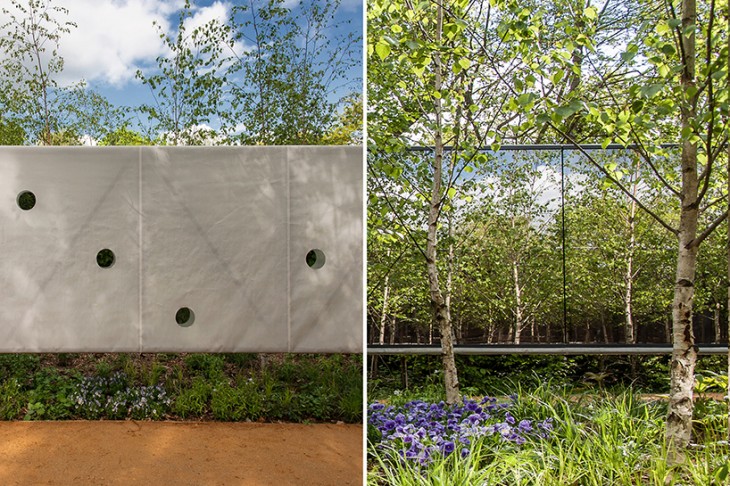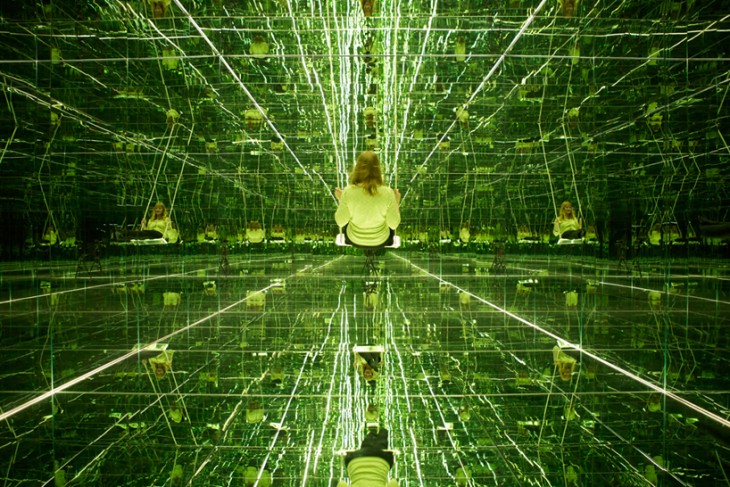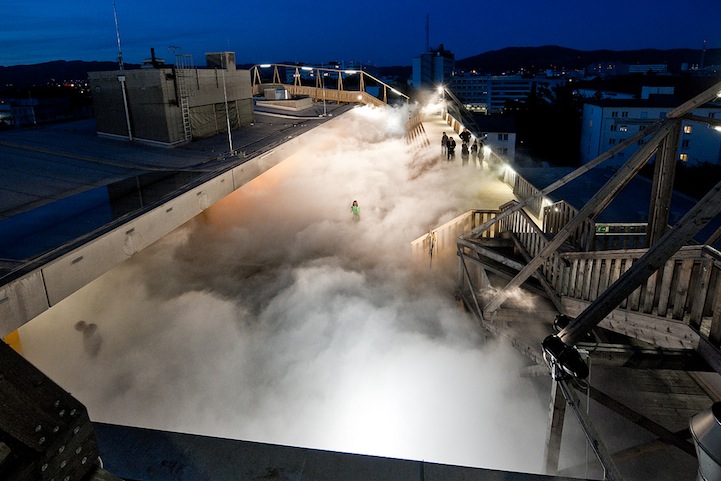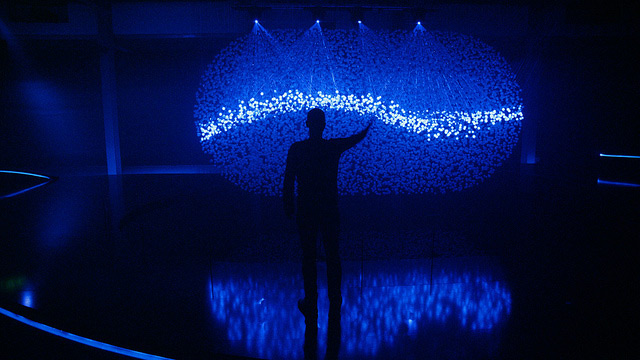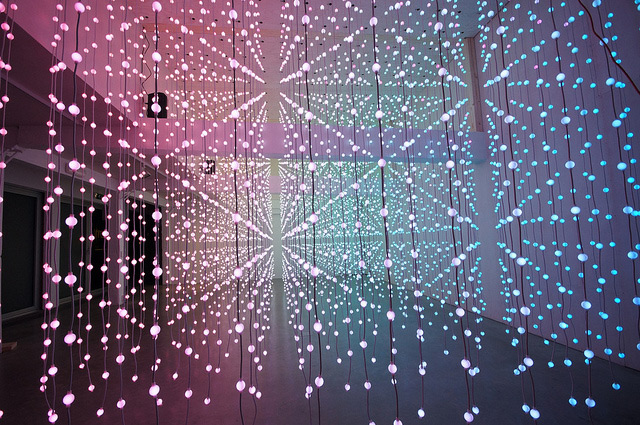After the Thanksgiving break here in the United States, the studio is back at work, and one of the first things people were talking about was some of the inspiring as well as intriguing museum designs and museum commentary that people came across Here are two examples of what we’ve been talking about:
Opening in Romania is the Salina Turda, where in the town of Truda, the salt mine found there has been turned into the world’s largest salt mining history museum. Take a look at the amazing location and the journey offered for visitors:
As you will find, this is not only a museum but also has attraction elements both inside and out. In addition, the design of the space at the bottom of the mine is not conservative but rather takes a unique perspective that matches the space itself. It a great example of how exhibition design and space can, together, create a magical location – something to be considered for all projects that link exhibition design and architectural design.
The atmosphere of the space and the “environment” of the design can heighten or change visitors’ emotional state even before they get to the “content” or the mission of the exhibition.
In this case, it would seem impossible not to be affected before getting to the bottom.
Meanwhile, we thought these “future visions” were very irreverent – and were possibly making a commentary about “starchitects.” Enjoy!
Denver Art Museum by Daniel Libeskind – as a a Walmart
MUCEM by Rudy Ricciotti – as a motel
Glasgow Riverside Museum of Transport by Zaha Hadid – abandoned, with nature taking over
What interesting museums have you seen lately? What new or provocative museum ideas are you thinking about? Let us know!



